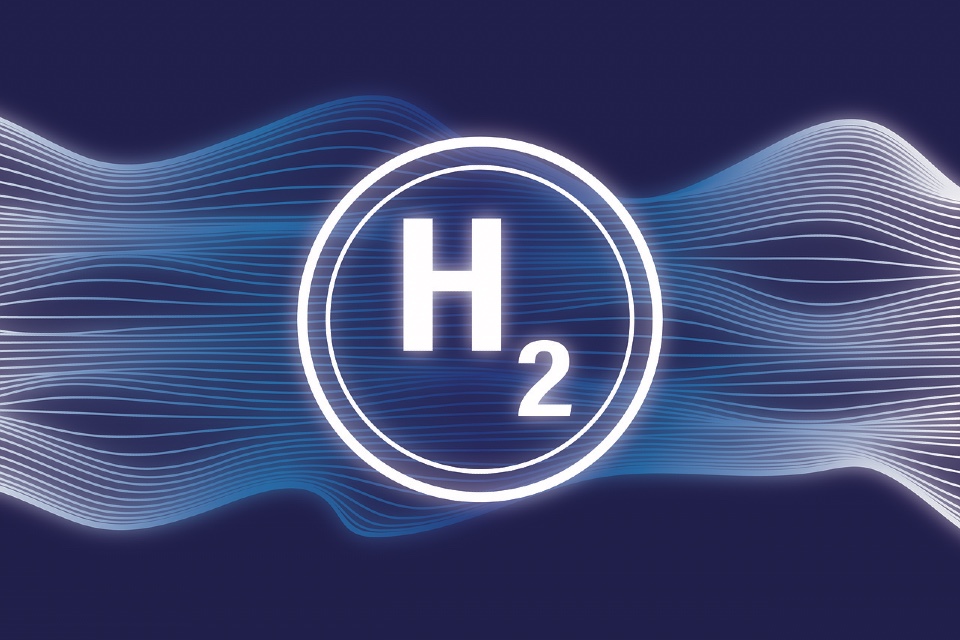EU Hydrogen Bank could bring renewable hydrogen costs below 1 euro/kg
https://energymanagementsummit.co.uk/wp-content/uploads/2022/04/hydrogen-6181532_1280-2.jpg 960 640 Guest Post Guest Post https://secure.gravatar.com/avatar/cb2a67f15cd7d053d8e638a1df3fd67f?s=96&d=mm&r=gBy Jake Stones, ICIS
ICIS data shows that renewable hydrogen could be sold for below €1/kg if a producer obtains the maximum support provided by the European Hydrogen Bank, according to the heads of terms for the bank published by the European Commission on 31 March.
The bank, which was announced in September 2022, aims to support hydrogen producers using an auction bidding system, which ranks bidders according to price per kilo of hydrogen.
Utilising the Innovation Fund, the commission will allocate €800m for the first auction for support from the bank, with subsidies capped at €4/kg of hydrogen. The hydrogen has to be aligned with the delegated act for renewable fuels of non-biological origin (RFNBO), also known as renewable hydrogen, and projects must reach full capacity within three-and-a-half years of being awarded funding. Funding is granted once hydrogen production starts.
Successful bidders will then be granted a fixed sum according to the volume bid, over the course of ten years. Bidders cannot win more than 33% of the available budget, and must have a project size of at least 5MW.
€1/KG HYDROGEN
ICIS assessment data from 4 April shows that renewable hydrogen produced using a 10-year renewable power purchase agreement (PPA) starting in 2026 in the Netherlands would cost €4.58/kg on a project breakeven basis. For 10-year PPA renewable hydrogen, ICIS accounts for the recovery of the capital investment for the electrolyser over the duration of the PPA, meaning by the end of the subsidised period, costs would be recovered.
Given a hydrogen producer could receive the full subsidy of €4/kg, this would mean just €0.58/kg of hydrogen would be needed to achieve capital cost recovery, meaning the producer would need to charge buyers less than €1/kg to ensure project breakeven.
Comparatively, renewable hydrogen production in Germany commencing in 2026 and utilising offshore was assessed at €5.96/kg on 4 April, meaning post-subsidy hydrogen would be just under €2/kg.
However, given the competitive nature of the bid, namely that ordering is a result of lowest-bid first, there is potential that the full subsidy will not be awarded.
Further, the auction limit depends on volume and bid amount, meaning once the €800m is allocated, there will be no further subsidy for this round.
ICIS data shows that European hydrogen demand by 2030 is forecast to reach 10.3 million tonnes (mt) by 2030. If full subsidy was distributed to all bidders, it would cover just 200,000 tonnes of renewable hydrogen, just under 2% of projected demand by the end of the decade.
The commission is aiming to hold further auctions however, meaning that the €800m is an initial starting point, not the limit, for the European Hydrogen Bank.
MARKET DEVELOPMENT
Alongside the development of hydrogen support and therefore expansion of hydrogen supply, the bank mechanism indicated the benefit of the auction system for driving competition. By awarding hydrogen to the lowest bidder, and by maintaining an auction limit of €800m, participants are encouraged to reduce costs of production where possible.
The heads of terms document for the European Hydrogen Bank notes that a fixed premium, namely a single subsidy figure provided over the course of 10 years for every unit of hydrogen produced, was opted for due to the absence of price transparency in the current hydrogen market.
By utilising a fixed premium, there is no need for a market reference price, the document outlined.
During the pilot for the European Hydrogen Bank, just renewable hydrogen is being targeted. However, low-carbon hydrogen could be included in future iterations.
On the basis of price discovery, the heads of terms noted that the auction type was referring to as “static”, meaning bidders bid a single price that is not changed. The alternative was
noted as “dynamic” whereby bidders could receive some information on the activity of other auction participants, providing a component of price discovery.
The first auction will be held in autumn of 2023.



